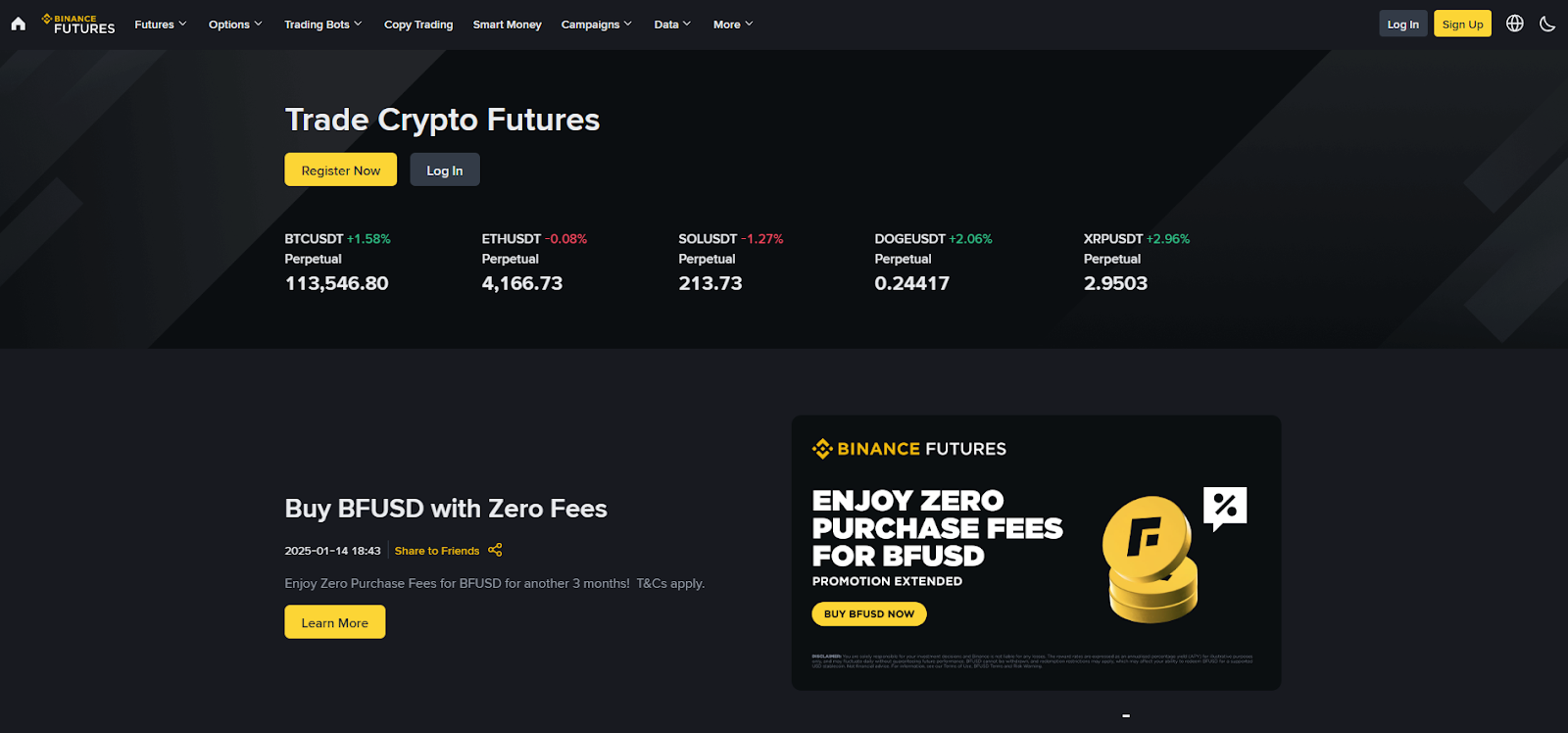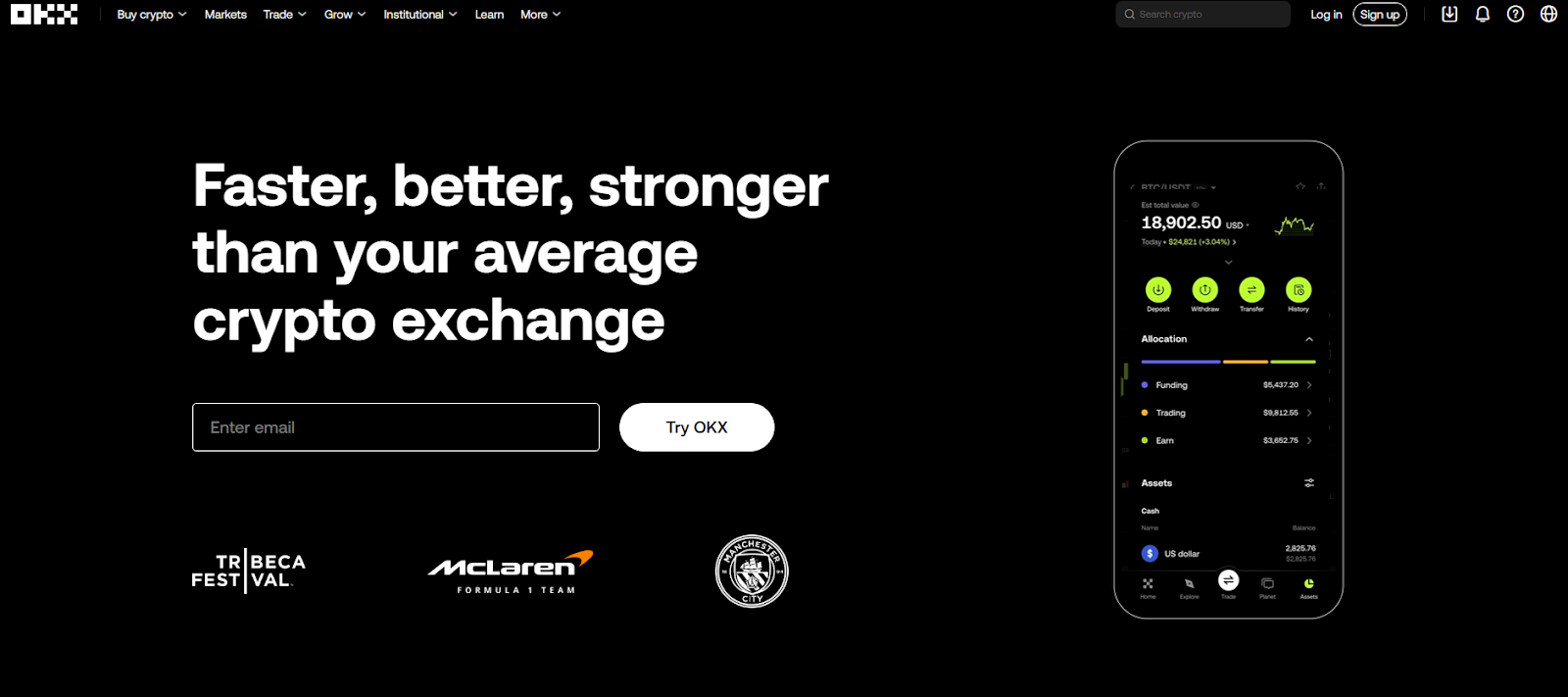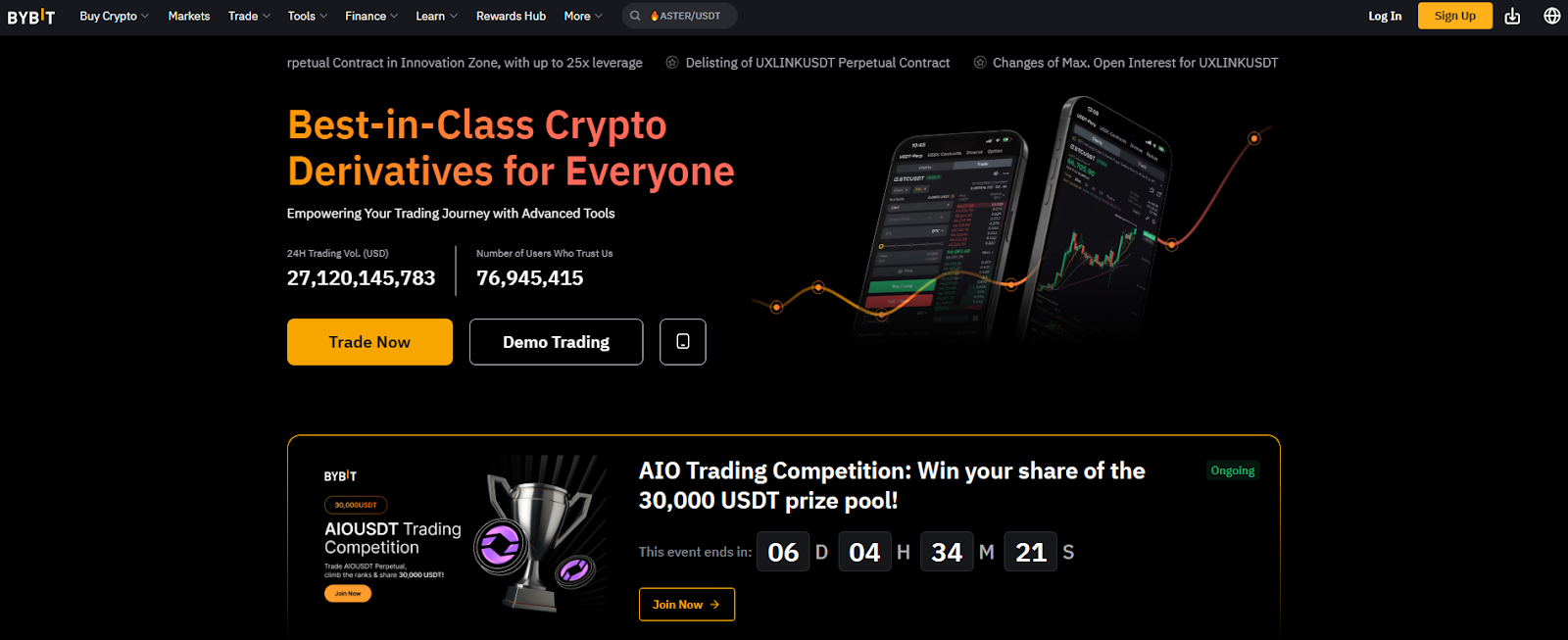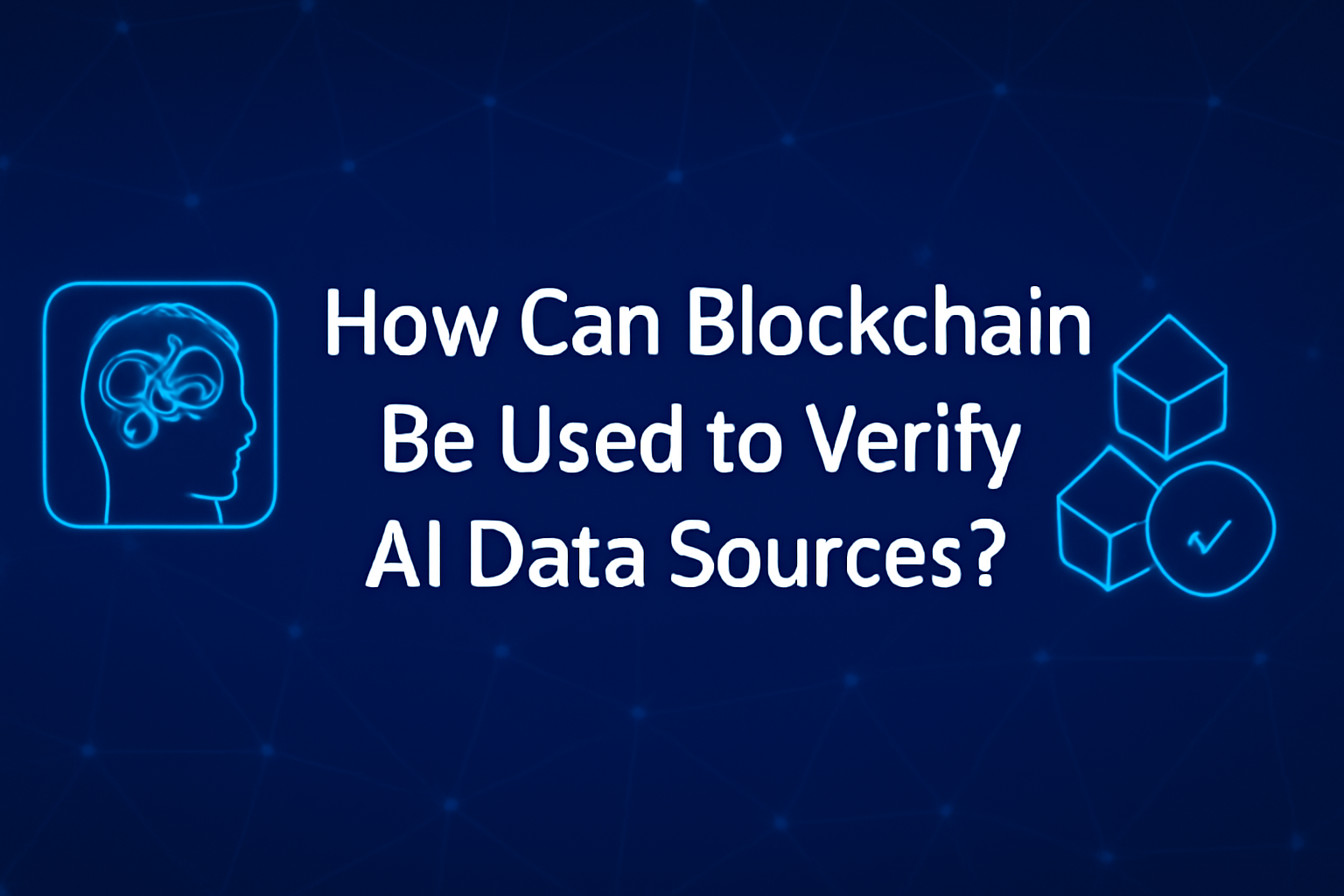
How Secure Are Blockchains Really? A Comprehensive Analysis

In today’s digital era, where cyberattacks cost businesses billions annually, blockchain technology has emerged as a promising solution for secure and transparent transactions. As blockchain adoption accelerates across diverse industries—from decentralized finance to supply chain management—a pressing question arises: how secure are blockchains really? While blockchain technology offers inherent security advantages through cryptographic protection and decentralized architecture, the broader landscape of blockchain technologies encompasses a range of digital systems that rely on decentralized data structures, cryptography, and consensus mechanisms to enhance digital security. However, the practical reality is more nuanced than the idealized hype suggests. This raises the question of whether blockchain is truly 'blockchain safe'—while these systems are designed with robust security features, they remain susceptible to certain cyberattacks and vulnerabilities, making comprehensive security measures essential. This article explores the foundations, current vulnerabilities, and future outlook of blockchain security to provide a comprehensive understanding of this critical issue.
The Security Foundation of Blockchain
At its core, blockchain technology provides a decentralized and tamper-resistant framework designed to secure transactions and data. Unlike traditional centralized systems, a blockchain system operates as a distributed database or a distributed ledger technology, where records are stored linearly in data blocks linked cryptographically to form a continuous cryptographic chain. The records stored on the blockchain are transparent, secure, and immutable, allowing transactions and data entries to be audited or traced while ensuring their integrity.
The security of blockchain networks rests on three fundamental pillars: cryptographic hashing, decentralized consensus, and immutability. Each new block contains a cryptographic hash of the previous block, creating an unbreakable link that makes unauthorized modifications computationally infeasible. This ensures that once a transaction is added to the blockchain, it becomes practically irreversible.
Moreover, blockchain networks use a consensus mechanism—such as Proof of Work or Proof of Stake—to achieve consensus and validate transactions. This process requires agreement from a majority of blockchain participants across the network of computers, eliminating any single point of failure and making the system resilient to attacks targeting centralized authorities. The decentralized nature of blockchain technology means there is no central authority controlling the data, which enhances blockchain security by distributing trust across the entire network.
However, the question is not whether blockchain is theoretically secure, but whether real-world implementations maintain this security promise. The answer reveals a mix of impressive strengths and notable vulnerabilities that must be addressed to keep blockchain systems truly safe.
Types of Blockchains
Blockchains can be broadly classified into three main types: public blockchains, private blockchains, and hybrid blockchains. Each type offers distinct features, security models, and use cases, making them suitable for different business and operational needs.
Public blockchains—such as the Bitcoin network—are open, permissionless systems where anyone can join the distributed network, participate in validating transactions, and access the transaction ledger. Data in public blockchains is stored linearly in a series of cryptographically linked blocks, ensuring transparency and security across the entire network. The decentralized nature of public blockchains eliminates the need for a central authority, making them ideal for applications that require trustless, peer-to-peer interactions.
Private blockchains, in contrast, operate as permissioned networks. Access to these networks is restricted to verified participants, and only authorized nodes can validate transactions or view sensitive information. Private blockchains are often used by enterprises to streamline internal processes, enhance data security, and comply with regulatory requirements. Their more centralized structure allows for greater control over data and network activity, but may reduce the level of decentralization compared to public blockchains.
Hybrid blockchains combine elements of both public and private blockchains, offering a balance between openness and control. These networks allow organizations to maintain private, permissioned data while also interacting with public blockchain systems when needed. This flexibility makes hybrid blockchains a popular choice for businesses seeking to leverage the security and transparency of distributed ledger technology without sacrificing privacy or regulatory compliance.
By understanding the differences between public, private, and hybrid blockchains, organizations can select the most appropriate blockchain network for their specific security, transparency, and operational requirements.
Public Blockchain Security
The security of public blockchains is rooted in their decentralized architecture, cryptographic protocols, and robust consensus mechanisms. In a public blockchain, a distributed network of computers—often referred to as nodes—work together to validate transactions and maintain the integrity of the blockchain data. Each transaction is secured using public keys and cryptographic chains, making unauthorized alterations extremely difficult.
One of the key strengths of public blockchain security is the sheer number of blockchain participants involved in validating transactions. This widespread participation makes it challenging for malicious actors to gain enough influence to compromise the network, rendering public blockchains fairly secure against most attacks. The consensus mechanism, whether Proof of Work or Proof of Stake, ensures that only legitimate transactions are added to the blockchain, further enhancing security.
However, public blockchains are not immune to threats. Phishing attacks, where attackers trick users into revealing private keys, remain a persistent risk. Routing attacks can disrupt the flow of data across the network, and Sybil attacks—where a single entity creates multiple fake identities to gain undue influence—can threaten the consensus process. To counter these risks, blockchain participants should implement strong security controls, such as multi-factor authentication, regular software updates, and vigilant monitoring of network activity.
Overall, while public blockchains offer a high level of security through decentralization and cryptography, ongoing vigilance and best practices are essential to protect against evolving threats.
Private Blockchain Security
Private blockchains take a different approach to security by leveraging access controls, permissioned networks, and centralized management. In a private blockchain, only selected participants are granted access to the network, and a central authority typically oversees network operations and validates transactions. This selective endorsement process ensures that only trusted nodes can participate in consensus, reducing the risk of exploiting vulnerabilities that are more common in open, public blockchains.
The controlled environment of private blockchains makes them particularly well-suited for use cases involving sensitive information, such as supply chains, financial services, and enterprise data management. By restricting access and closely monitoring network activity, organizations can better protect their data and comply with regulatory requirements.
However, the centralized nature of private blockchains introduces its own set of risks. A single point of failure—such as a compromised administrator or a critical system outage—can jeopardize the security of the entire system. To mitigate these risks, it is crucial to implement robust access management policies, regular security audits, and a comprehensive disaster recovery plan. These measures help ensure that private blockchains remain secure, resilient, and capable of supporting mission-critical business operations.
In summary, private blockchains offer enhanced security through controlled access and selective validation, but require diligent management to avoid centralization risks and maintain the integrity of the network.
The Current State of Blockchain Security in 2025
Despite blockchain’s strong theoretical security foundations, the reality in 2025 shows a complex landscape. Over $2.17 billion has already been stolen from crypto platforms this year alone, with major exchanges like ByBit and CoinDCX experiencing large-scale breaches. These figures continue a troubling trend from 2024, which saw losses exceeding $1.42 billion across various decentralized ecosystems.
The growing demand for blockchain solutions in areas such as decentralized finance (DeFi), supply chains, and digital asset management has simultaneously increased the attack surface. Distributed ledger technologies (DLTs), which underpin these blockchain solutions, further expand the attack surface and introduce new security challenges due to their decentralized and consensus-driven nature. The global blockchain security market, valued at $2 billion in 2025, is expected to expand at a 20% compound annual growth rate, reaching approximately $8 billion by 2033. This surge reflects both the rapid adoption of blockchain technology and the urgent need for sophisticated security controls to protect blockchain data and digital assets.
As blockchain networks become more complex and interconnected, the challenges of securing public and private blockchains grow, requiring continuous innovation in security protocols and operational practices. The introduction of new protocols in blockchain security is necessary to address emerging threats, but can also introduce new vulnerabilities.
Major Blockchain Security Threats in 2025
Smart Contract Vulnerabilities
One of the most significant security challenges in blockchain systems arises from smart contracts—self-executing code that automates agreements without intermediaries. In 2025, smart contract flaws have contributed to over $1 billion in losses. Vulnerabilities such as reentrancy attacks, missing access controls, and arithmetic overflows expose these programs to exploitation.
The OWASP Smart Contract Top 10 for 2025 highlights the most critical vulnerabilities discovered after analyzing 149 security incidents involving $1.42 billion in losses. Attackers frequently scan public smart contracts for weaknesses and exploit them through flash loan attacks and liquidity pool drains.
Recent examples underscore the severity of these risks. The ALEX Protocol lost $8.3 million when attackers exploited vault permissions using malicious tokens that mimicked legitimate assets. Similarly, Cetus Protocol suffered a $220 million loss after attackers spoofed token metadata to bypass security checks. These incidents demonstrate that while blockchain protocols may be secure, the applications built atop them are prime targets for malicious actors.
51% Attacks and Consensus Failures
A 51% attack occurs when an entity gains control of more than half of the network’s computing power, enabling them to reverse transactions and double-spend coins. While large networks like the bitcoin network and Ethereum have grown sufficiently to make such attacks prohibitively expensive, smaller blockchain networks and private blockchain networks remain vulnerable.
Beyond computational attacks, some platforms have fallen victim to routing attacks, where hackers intercept or censor data as it travels through the internet infrastructure. These attacks undermine trust in the network’s ability to validate transactions securely, especially in networks with fewer validators.
Bridge and Cross-Chain Exploits
Cross-chain bridges, which enable interoperability between different blockchains, have become prime targets for attackers. For instance, Force Bridge lost $3.6 million in May 2025 after a compromised private key allowed attackers to control validator functions. These bridges often introduce centralized points of vulnerability, contradicting the decentralized ethos of blockchain technology and increasing the risk of security breaches.
Exchange and Custody Vulnerabilities
Centralized exchanges and custodial services remain attractive targets because they hold vast amounts of user assets in hot wallets connected to the internet. Security failures in access management, such as weak private keys protection or poor API security, can lead to rapid fund drains.
In May 2025, Coinbase fell victim to a social engineering attack where overseas support contractors were bribed to grant unauthorized account access. Though affecting less than 1% of users, this incident highlights how human error and operational weaknesses can bypass even the most robust blockchain protocols.
MEV and Transaction Manipulation
Maximal Extractable Value (MEV) attacks have cost users over $540 million in 2025. Attackers deploy bots to monitor transaction pools and manipulate transaction ordering to distort prices, harming regular users and eroding trust in decentralized finance networks.
Privacy and Anonymity Challenges
While blockchain’s transparency enhances data security by enabling community verification, it also creates privacy challenges. Transaction histories on public blockchains, which are examples of permissionless networks that allow open participation, are traceable, allowing attackers to analyze user behaviors and potentially de-anonymize participants. However, despite this transparency, participants in permissionless networks can remain anonymous by using cryptographic keys instead of real-world identities.
Research indicates that approximately 66% of transactions lack sufficient obfuscation techniques such as chaff coins or mixins, making them vulnerable to tracking. This leakage of sensitive information presents a significant risk, especially for users seeking privacy in their financial activities.
Security Tools and Protective Measures
Advanced Security Auditing
In response to rising threats, the blockchain security landscape has matured with advanced auditing tools and methodologies. Leading platforms like CertiK, Fireblocks, Chainalysis, and OpenZeppelin Defender provide comprehensive solutions for code reviews, vulnerability scanning, and formal verification.
Security audits involve rigorous testing before deployment, including manual code reviews and automated scans to identify potential weaknesses. Bug bounty programs and continuous monitoring help uncover exploits before they escalate into major incidents.
AI-Enhanced Security Solutions
Artificial intelligence (AI) is increasingly integrated into blockchain security, enabling real-time threat detection and risk assessment. AI-powered tools analyze on-chain behavior, identify anomalies, and predict vulnerabilities based on historical data patterns.
Platforms like CertiK’s Skynet and Chainalysis’s Know Your Transaction (KYT) exemplify this approach, offering proactive protection that helps developers and enterprises neutralize threats before breaches occur. AI-enhanced security is becoming a standard component of blockchain defense strategies.
Multi-Signature and Hardware Security
To mitigate risks associated with private keys, many organizations adopt multi-signature wallets, which require multiple approvals for critical operations. This separation of duties prevents single users from unilaterally authorizing transactions or diverting funds.
Additionally, deploying hardware security modules (HSMs) and cold storage solutions enhances key protection. Implementing role-based access controls and mandatory approval workflows further strengthens operational security.
Navigating Blockchain Security with Advanced Analytics
Given the complexity of blockchain security, access to sophisticated analysis and risk assessment tools is essential for participants. Platforms like Token Metrics offer AI-powered insights that combine technical analysis, on-chain data, fundamental metrics, and sentiment analysis to evaluate security risks.
Comprehensive Security Monitoring
Token Metrics scans over 6,000 tokens daily, providing security-relevant scores that help users identify potentially risky projects. Their cybersecurity team maintains a resilient infrastructure with firewalls, intrusion detection, and prevention systems to safeguard the platform itself.
AI-Driven Risk Assessment
By aggregating real-time data from exchanges, blockchain networks, social media, and regulatory sources, Token Metrics’ AI algorithms assess project security based on code quality, team transparency, audit histories, and community sentiment. This enables investors to make informed decisions grounded in security awareness.
Security-Focused Research and Analysis
Token Metrics also offers deep research, including detailed assessments of smart contract vulnerabilities and team credibility. This security-focused approach equips users to avoid projects with significant risks and supports safer blockchain participation.
Industry Response and Best Practices
Regulatory Development
Governments worldwide are developing regulatory frameworks to address blockchain security challenges. States like Arizona, Iowa, Nevada, Tennessee, and Wyoming have enacted legislation supporting blockchain and smart contract use, while international bodies work on standards to balance innovation with security.
Enterprise Adoption and Security
Enterprise adoption of blockchain is growing rapidly, with tokenization of real-world assets expected to reach $600 billion by 2030. Businesses are investing in rigorous security frameworks, including formal verification, enhanced consensus protocols, and international collaboration to mitigate risks.
Security Infrastructure Investment
The expanding blockchain security market reflects industry commitment to addressing vulnerabilities. Smart contract audits and security consulting services are in high demand, helping organizations integrate blockchain technology securely into their operations.
The Reality Check: Balanced Security Assessment
Strengths of Blockchain Security
Blockchain technology offers genuine security benefits:
- Cryptographic Protection makes unauthorized data modification computationally infeasible.
- Decentralized Architecture eliminates the single point of failure common in centralized systems.
- Transparency enables community verification and auditing.
- Immutability ensures that once confirmed, transactions cannot be altered.
Persistent Vulnerabilities
Despite these strengths, challenges remain:
- Implementation Flaws in smart contracts and applications introduce vulnerabilities.
- Human Factors, including phishing attacks and social engineering, bypass technical controls.
- Bridge Risks arise from centralization in cross-chain infrastructure.
- Scalability Trade-offs sometimes compromise security for performance.
For example, while transparency and immutability are key features, all bitcoin transactions are permanently recorded on bitcoin's blockchain, making the entire transaction history publicly accessible and contributing to the growing size of blockchain data storage.
Future Security Outlook
Technological Evolution
The integration of AI with blockchain technology is creating new security opportunities. The market for AI-driven blockchain security solutions is projected to exceed $703 million in 2025. Innovations include AI-powered smart contracts with conditional logic and enhanced privacy protocols protecting sensitive business data.
Formal verification techniques that mathematically prove smart contract correctness are becoming more widespread, reducing vulnerabilities and increasing trust.
Proactive Security Culture
The industry is shifting from reactive responses to proactive security strategies. Comprehensive frameworks now combine technical tools, governance, training, and operational security to build resilient blockchain ecosystems.
Conclusion: Security is a Spectrum, Not a Binary
So, how secure are blockchains really? The answer is that blockchain technology is fairly secure by design, leveraging cryptographic techniques and decentralized consensus to provide robust protection. However, the overall security of a blockchain system depends heavily on the quality of its implementation, operational practices, and the surrounding ecosystem.
While well-designed and audited blockchain applications can deliver exceptional security, poorly implemented systems remain vulnerable to significant risks, as evidenced by the $2.17 billion in losses in 2025 alone. The projected $8 billion blockchain security market by 2033 signals a strong industry commitment to overcoming these challenges.
For organizations and individuals engaging with blockchain technology, security requires a comprehensive approach: selecting secure platforms, conducting thorough due diligence, implementing strong operational controls, and leveraging sophisticated analysis tools like Token Metrics.
In 2025, participating in crypto and blockchain is no longer about chance or hype; it’s about using AI, data, and automation to make smarter, safer decisions. Blockchain technology holds tremendous security potential, but realizing that potential demands ongoing vigilance, proper implementation, and a comprehensive ecosystem of tools and expertise.
As blockchain continues to evolve, security will remain both its greatest strength and most critical challenge. Understanding the capabilities and limitations of blockchain security—and applying comprehensive strategies—is key to maximizing benefits while minimizing risks.

.svg)

Create Your Free Token Metrics Account

.png)




%201.svg)
%201.svg)


%201.svg)


















.svg)




.png)